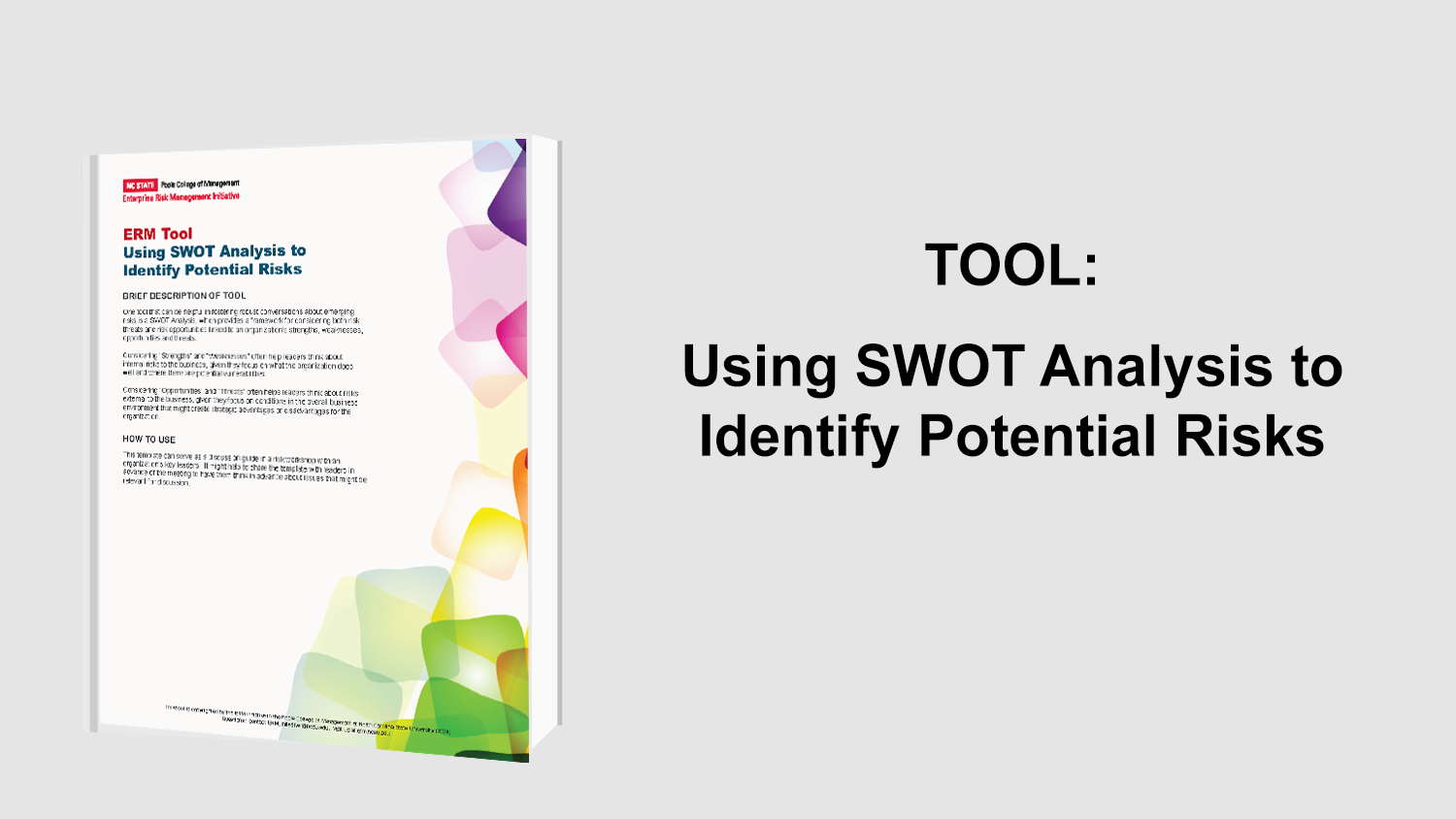Executive View of Strategic Risk
A recent report published by Deloitte, “Exploring Strategic Risk – 300 Executives Around the World Say Their View of Strategic Risk is Changing,” covers a global study jointly conducted by Deloitte and Forbes Insights. The purpose of the study was to survey executives around the world about their perceptions of risks in their industries. The survey explored how businesses approach strategic risk and actions taken to manage it effectively. All the executives were asked a wide range of questions regarding strategic risk management practices at their companies. The respondents were evenly distributed between the three regions: Americas, EMEA, and Asia/Pacific. In addition, the executives were mostly C-level executives and represented companies with revenues higher than US$ 1 billion from all of the following five industries: consumer/industrial products, financial services, energy, life sciences/health care and technology/media/telecommunications.
Starting with a question whether strategic risk is the key focus of organizations, majority of executives around the world confirmed that managing strategic risks is something they actively pursue on daily basis. This response was consistent across all surveyed industries and regions. In addition, almost all respondents agreed that their companies are changing the way they approach and manage strategic risks. Many executives see managing of strategic risk as not just avoidance of potential threats to value, but also as possible value creation by seizing competitive opportunities.
When asked about the integration and performance of risk management programs in connection to business strategies, more than a half of respondents from each region ranked their risk management program at least well or very well. Strategic risk analysis seems to be making its way into the companies’ overall planning processes and business strategies; however, significant areas for improvement remain. Among the surveyed companies, the responsibility of strategic risk management oversight falls most often on the boards, board-level risk committees or the CEOs.
Reputation currently ranks as the most significant risk impacting business strategy. This risk area has risen in significance noticeably over the last three years and is today on top of the list across all surveyed industries. Most of the organizations attribute this rise of reputation risk to the global reach of technological advancements and social media. A sizable amount of companies perceive technology enablers and disrupters as a possible threat to their business models and in fact rank business model risk as the risk area with the second most significant impact. Amongst the most significant technology threats are “social media, data mining and analytics, mobile applications, cloud computing and cyber attacks.” The significance of these technological advancements causes many companies to reevaluate their business strategies. Over 90% of surveyed companies acknowledge business strategy changes since the emergence of major technology innovations.
Due to the increased occurrence of strategic risk, most organizations have a common definition for the term “strategic risk.” In addition, the organizations are making improvements to their strategic risk management in three specific areas:
- Increasing the frequency and budget for monitoring and managing risks,
- Continually monitoring strategic risk,
- Increasing the number of executives assigned to manage strategic risks.
Managing strategic risk is becoming more elaborate and demanding than ever before. Companies need to think ‘outside the box’ and look for new ways to approach strategic risk management. This requires companies to look outside of their “traditional corporate structures,” learn to utilize external sources, be open to new ideas, and take advantage of promising opportunities in order to successfully move forward.
Original Article Source: “Exploring Strategic Risk – 300 Executives Around the World Say Their View of Strategic Risk is Changing” Deloitte. Jan. 1, 2014.
- Types:


